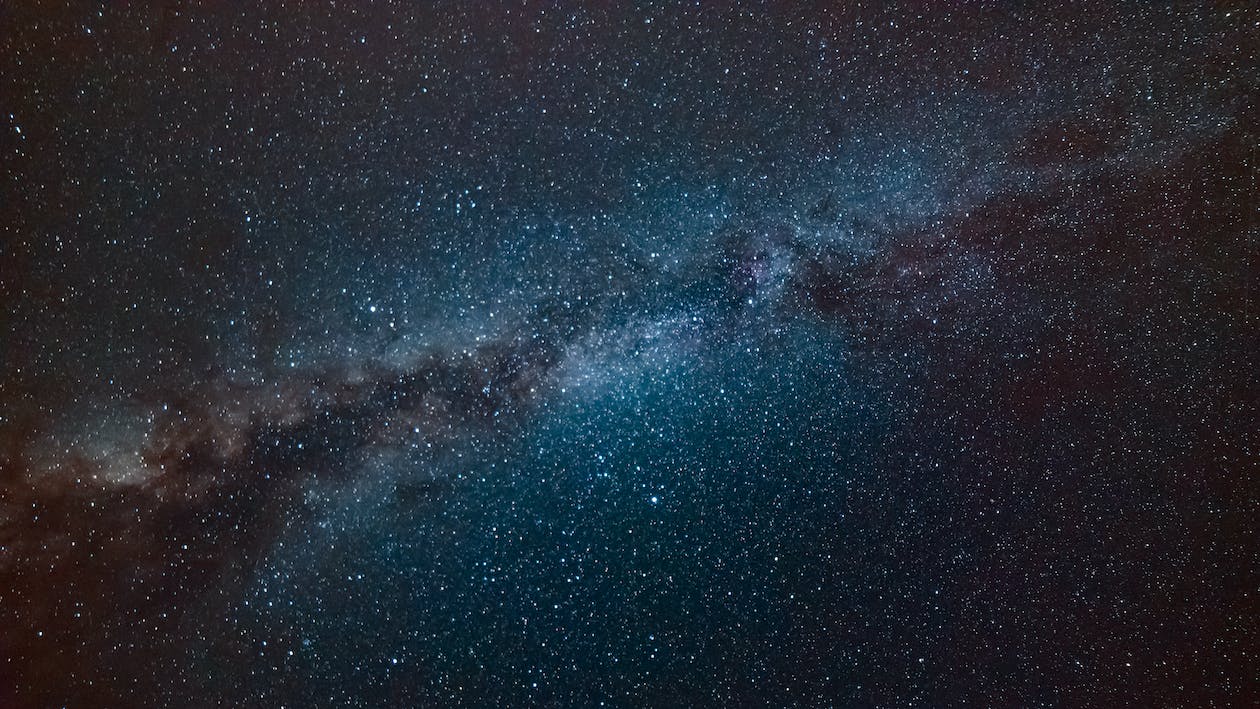Astronomers recently conducted an in-depth study of the pulsar B1055-52 using advanced satellites and telescopes. Pulsars, such as B1055-52, are highly magnetized rotating neutron stars that emit electromagnetic radiation. While commonly detected through radio telescopes, this pulsar’s unique characteristics allowed for observations in optical, X-ray, and gamma-ray wavelengths.
Previous research suggests that B1055-52 is located within a distance of approximately 2,300 light years from Earth. With a spin period of 197 milliseconds, a spin-down age of about 535,000 years, and a spin-down power of 30 decillion erg/s, B1055-52 possesses an intense surface magnetic field at 1.1 TG.
To better understand B1055-52’s X-ray spectral parameters and fluxes, a team of astronomers, led by Bettina Posselt from the University of Oxford, UK, utilized the XMM-Newton satellite and the Hubble Space Telescope. Their observations, published on the arXiv preprint server, shed light on essential details regarding this middle-aged pulsar.
The study revealed that B1055-52’s long-term X-ray properties remained stable when comparing data from the 2000 observations to the more recent 2019 XMM-Newton findings. However, the possibility of short-term X-ray flux changes prior to or around 2012 cannot be completely ruled out. It is hypothesized that inconsistencies reported in previous studies may be attributed to calibration issues with the 2012 Chandra observation.
The researchers measured a power-law spectral index of -0.57 within the 3-10 keV energy range for B1055-52. Additionally, a power-law slope of approximately -0.24 was calculated for the color index of 0.03 mag. The study noted a smooth connection between the power-law components of the ultraviolet-optical-infrared and X-ray spectra, implying common acceleration and emission mechanisms.
Furthermore, the X-ray spectrum of B1055-52 does not align with the expected neutron star atmosphere model spectra, similar to other middle-aged pulsars. This discrepancy suggests the possibility of a condensed neutron star surface, exhibiting a spectrum closer to a blackbody spectrum.
The new observations also enabled precise measurements of B1055-52’s proper motion, providing valuable information to estimate its kinematic age accurately. This knowledge allows for more reliable comparisons with other neutron stars as well as theoretical predictions, such as neutron star cooling curves.
In summary, the comprehensive study of B1055-52 using the XMM-Newton satellite and the Hubble Space Telescope yields significant insights into the pulsar’s properties and behavior. The findings contribute to our broader understanding of pulsars and their fascinating characteristics.




